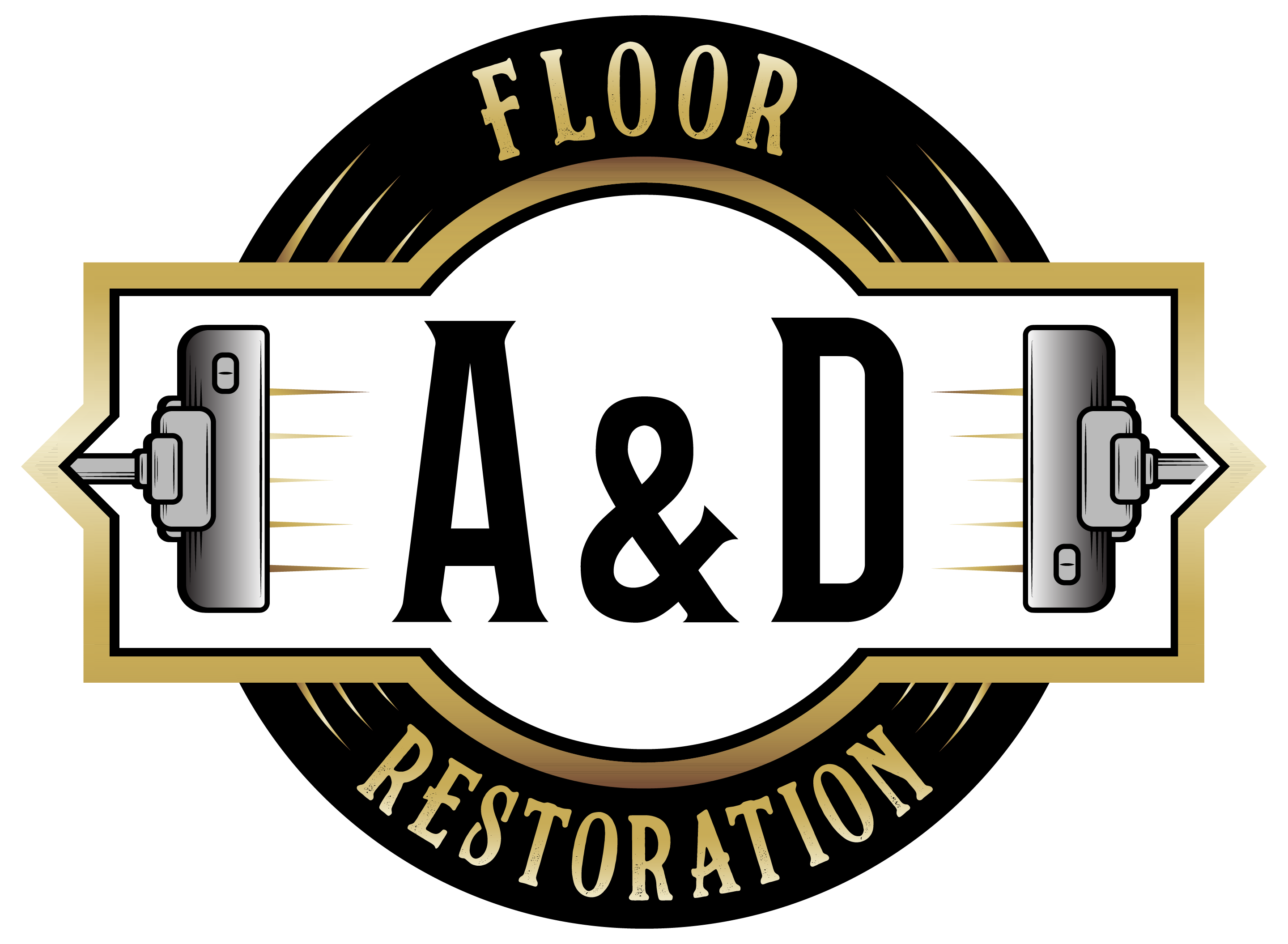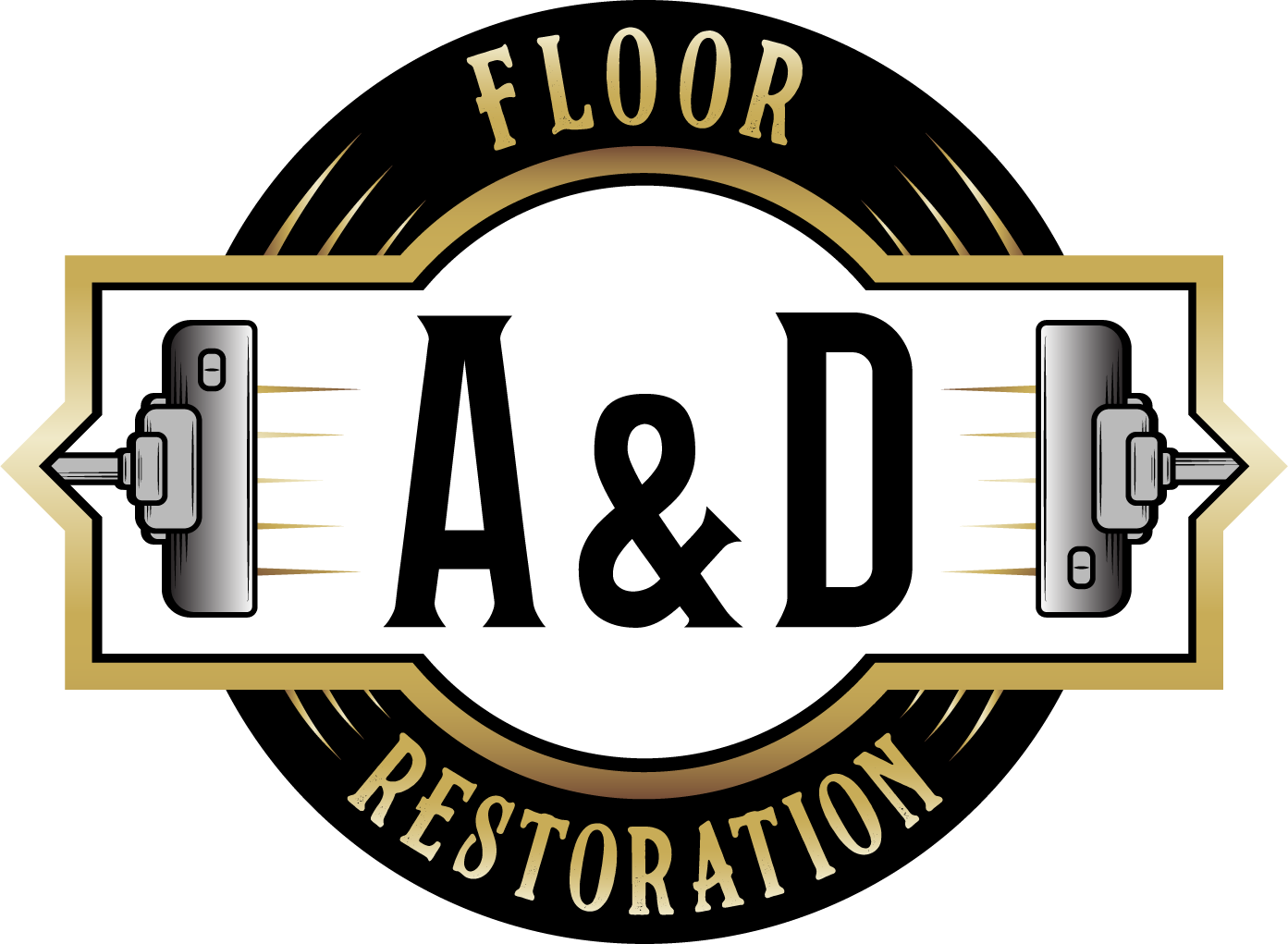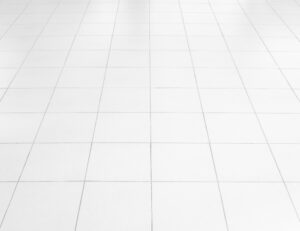Hardwood floors are an elegant way to increase the value of any home. They are generally easy to clean and last for years. Although these are a beautiful addition to the home, they can also be a breeding ground for bacteria and germs especially when you have kids or pets. Keeping our homes germ free is important to prevent sickness and allergies. It’s common to disinfect bathrooms, kitchen counters, and tables around the house when cleaning, but what about hardwood floors? Below, we share with you some tips on how to disinfect your hardwood floors for a germ-free home.
Cleaning vs. Disinfecting Hardwood Floors
Although many homeowners think these are the same, there’s actually a difference between cleaning your wood floors and fully disinfecting them. According to the Center for Disease Control, cleaning is defined as “physically removing dirt and germs from the surfaces of our homes or floors.” This often includes scrubbing them with cleaning products and water and then rinsing away the residue. For hardwood flooring, drying the surface is also extremely important to prevent mold or bacteria growth from leftover water.
Disinfecting is an important part of the cleaning process, but it goes a step further by killing or inactivating germs rather than just removing them. Disinfectants include chemicals such as bleach or alcohol that destroy the cell wall of bacteria and viruses. The best way to remove germs is to clean before disinfecting. This allows you to remove the dirt and larger bacteria first, so the disinfectant can work on the small bacteria left behind.
When Should I Disinfect My Hardwood Floors?
You don’t have to disinfect every time you clean. In general, hardwood floors should be cleaned about once a week to remove dirt, dust, pet hair, and more from building up. As a best practice, it is best to disinfect your floors once or twice a month during the cleaning process. When someone in your home is sick, or dirt has been tracked from kids or pets, that would be another good time to disinfect your hardwood floors. It is important to disinfect properly as some chemicals can be very harsh on wood flooring. We have laid out a few of the best methods below to help you get started and feel good in a germ-free home.
How To Disinfect Hardwood Floors
Start by looking for disinfectants that are specifically designed for hardwood floors or labeled “safe for use on wood.” This will help avoid damaging your floors or leaving streaks behind
Sweep the Floors
Before disinfecting, it is best to sweep or vacuum your floors. This helps rid the area of larger dirt, dust, hair, and will make sure the disinfectant targets those smaller germs that sweeping doesn’t get rid of.
Dilute the Disinfectant
Many disinfectants come in a heavily concentrated form. To avoid damaging floors with strong chemicals, it’s best to dilute these products. Add the product to a bucket of warm water and dilute as recommended on the label of the product. There are also some sprays or wipes such as Lysol and Clorox that can be used on hardwood flooring. These don’t need to be diluted but are better used for targeting high-traffic spots (like a spill) instead of mopping the whole floor.
Make sure to follow the instructions on the product label and use the recommended amount. You won’t make your floors cleaner by using more product than indicated. Using too much product can leave residue on the floor, streaks, or damage the finish of your surfaces. It also may not be safe for kids or pets who spend time on the floor.
Applying the disinfectant
After you have diluted the solution, use a mop or microfiber cloth to apply the solution depending on the size of the floor area. Make sure you’re using a clean mop to avoid spreading more bacteria or dirt on your floors. Wring out the mop or cloth well between passes to get rid of dirt and debris.
Let disinfectant sit before rinsing
Disinfectants need time to work, so allow the disinfectant to sit on the floor for the full recommended time on the product label. Then rinse the floor with clean water. It is important to take your time when rinsing and ensure the disinfectant is completely removed from your surfaces to prevent damage or leftover residue which can encourage mold or bacteria growth.
Natural Disinfectant for Hardwood Flooring
Another way to disinfect your hardwood floors using the same steps as above is with an at-home solution. This method has been used and trusted by many homeowners and can be easily created using items you already have at home. Mix a half cup of white vinegar with one gallon of water in your mop bucket and begin the same process as you would using a store-bought disinfectant.
Looking to Have Your Floors Professionally Disinfected? Get in Contact with Pro Floor Savers.
If you’re looking for an extra thorough cleaning, or simply don’t have the time to utilize the solutions above, don’t hesitate to reach out to us at A&D Pro Floor Savers. Our team of experts are specialists in cleaning and disinfecting floors without leaving leftover residue or damaging hardwood floors. Our professional floor and carpet cleaning services will get rid of dust, pet hair, dirt, bacteria, viruses, and more to leave you with a germ-free home and shiny hardwood floors! With years of experience serving the Bay Area, we provide professional carpet cleaning, floor restoration, and more to protect the investment in your home.











